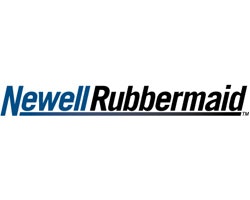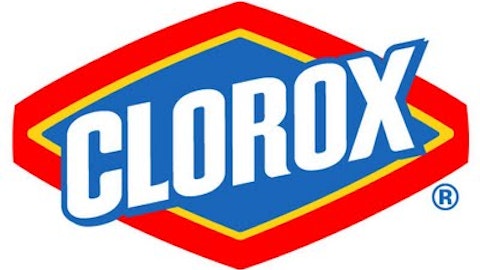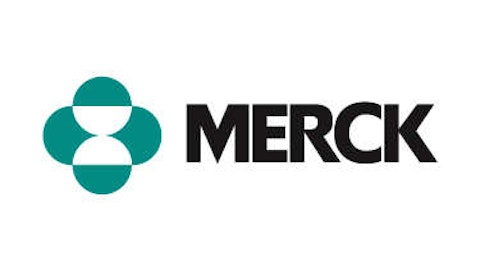The last earnings season brought with it several themes for the investors in the consumer goods sector.
The choppy consumer environment in developed markets was clearly an issue over the past three months. However, very few companies (I am talking about cosmetics, household and personal care (CHPC) companies) outright blamed external factors for organic sales growth shortfalls. Let’s have a look at how different companies communicated their challenges in this space.
What did they talk about?
The macro environment was not a key piece of the dialog during last quarter’s earnings, i.e.in the First Quarter (1Q) of 2013. This came as a surprise as, in the recent past, almost every company mentioned, to varying degrees, that the macro environment presented an unanticipated headwind. We had heard from CHPC companies at CAGNY (Consumer Analyst Group of New York) in February that the consumer environment in developed markets remained “choppy” and was likely to be so for the foreseeable future.
In aggregate, organic sales were in-line with the expectations and marked a sequential deceleration from 4Q. Tough comps were considered as the main driver of slower growth. Though, weather could be considered an issue (cold/wet winter vs. early spring), it certainly was not one the Street anticipated. Similarly, softer category growth and retailer inventory management were also unanticipated.
Weather one of the surprise factors
Though Newell Rubbermaid Inc. (NYSE:NWL), Jarden and The Clorox Co (NYSE:CLX) spoke to weather being a challenge (both this year and lapping an unusually warm start to spring), only The Clorox Co (NYSE:CLX) blamed this dynamic for its organic growth shortfall.
Specifically, Clorox’ Kingford Charcoal brand (~10% of total company sales) declined ~20% in the month of March alone which, combined with a tougher comp led to a ~1.5% pt headwind to total company growth.
For Newell Rubbermaid Inc. (NYSE:NWL), a warmer spring bolstered Tools sales in the prior year, though as CEO Mike Polk stated, “you can’t do anything about it, so you have to overcome it” and did as Tools delivered +5.1% growth.
Similarly, Jarden also had a tough weather comp and faced a ~$10 million headwind this year from a slower/later start to baseball season, but still was able to grow +4% organically as other pieces of the portfolio picked up the slack. Lastly, though Estee Lauder did not specifically call out weather as a challenge this quarter, we can’t help but think there was some degree of weather induced slowness in U.S. department store sales as corroborated by overall retail & restaurant trends and prestige beauty industry data.
What the leader had to say
With The Procter & Gamble Company (NYSE:PG) being the first and largest company to report this earnings season and discuss a slowdown in category growth in developed markets, the Street is concerned about whether or not this would prove to be an issue for the entire group as historically, The Procter & Gamble Company (NYSE:PG) has been prescient of macro trends (recall two years ago at CAGNY P&G discussed higher commodity costs before others). Importantly, though The Procter & Gamble Company (NYSE:PG) didn’t emphasize weaker category growth as the root cause of its revenue performance, as earnings season played out, we did hear others corroborate The Procter & Gamble Company (NYSE:PG)’s view on the external environment.
Soft category growth
The Clorox Co (NYSE:CLX)’s CEO Don Knauss mentioned that the U.S. categories in which the company competes declined -0.2% in the first quarter of 2013 compared to ~1.5-2.0% growth over the past year and a half, with January being dramatically stronger than February and March.
The Clorox Co (NYSE:CLX) took the view that issues impacting consumer confidence/behavior will prove temporary (reaction to payroll tax and late Spring). While category growth clearly decelerated in the quarter, looking ahead to the next 6-12 months, the company believes industry volumes should stabilize as pricing wanes. Importantly, The Clorox Co (NYSE:CLX)’s volumes did not decline to the same degree they did in fiscal 2009, which is the most recent prior period of pricing and inflation. Despite a slowdown in category growth, none of the companies discussed stepping up promotional activity to stimulate volumes; rather, the overwhelming majority spoke to innovation-driven growth.






